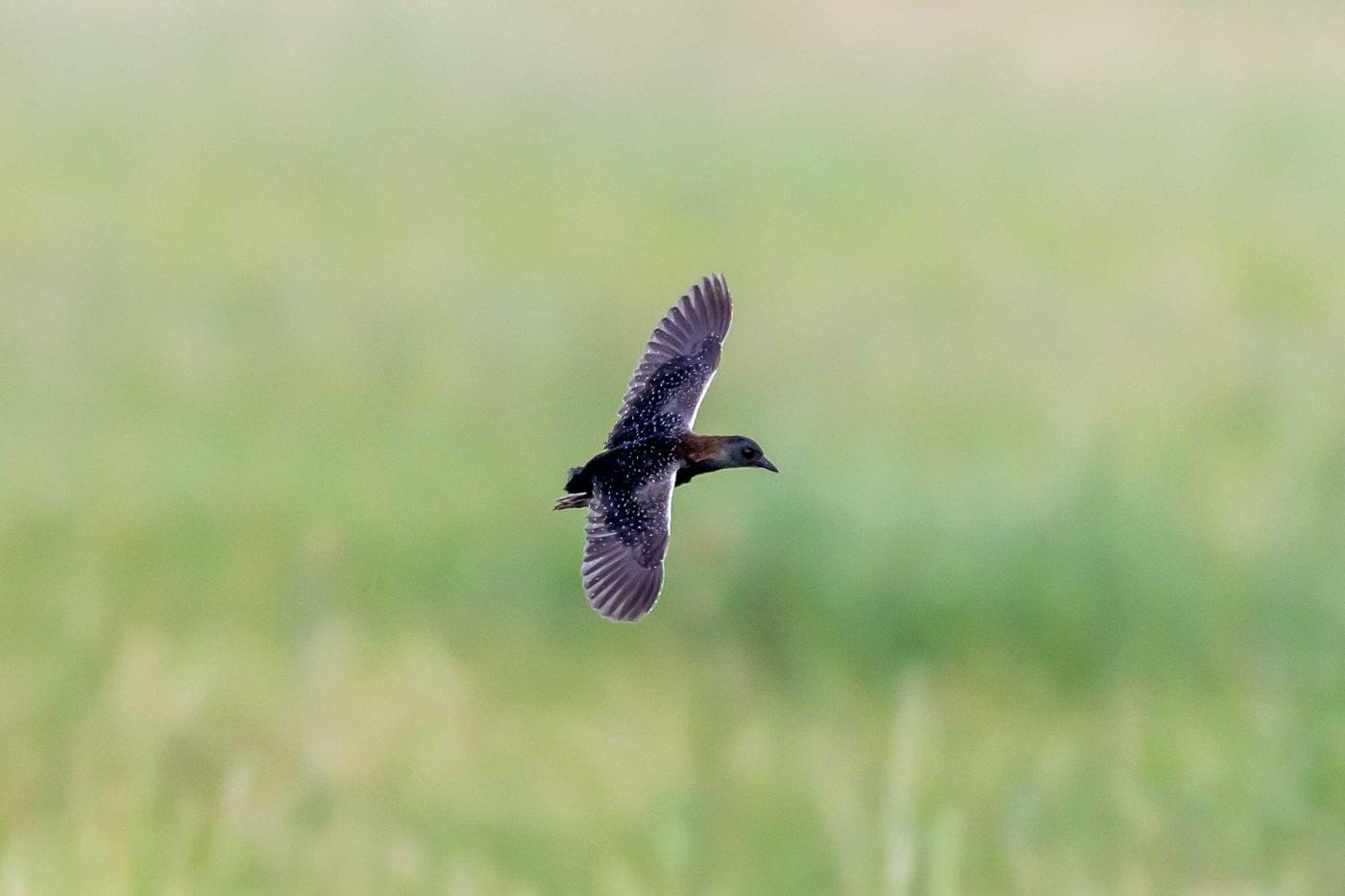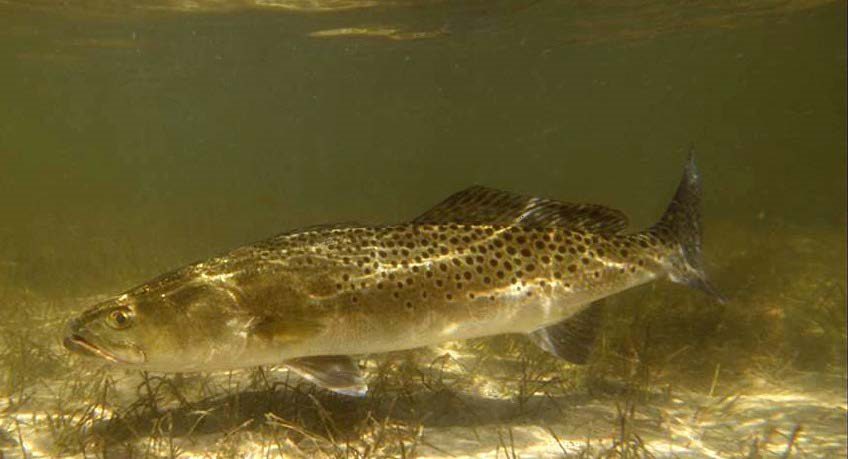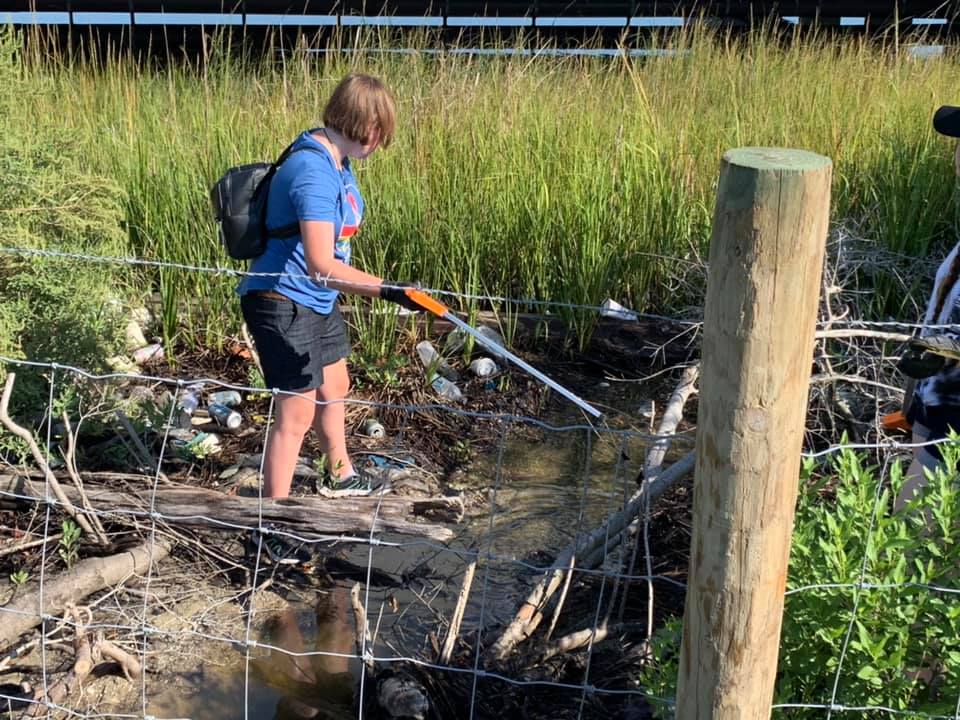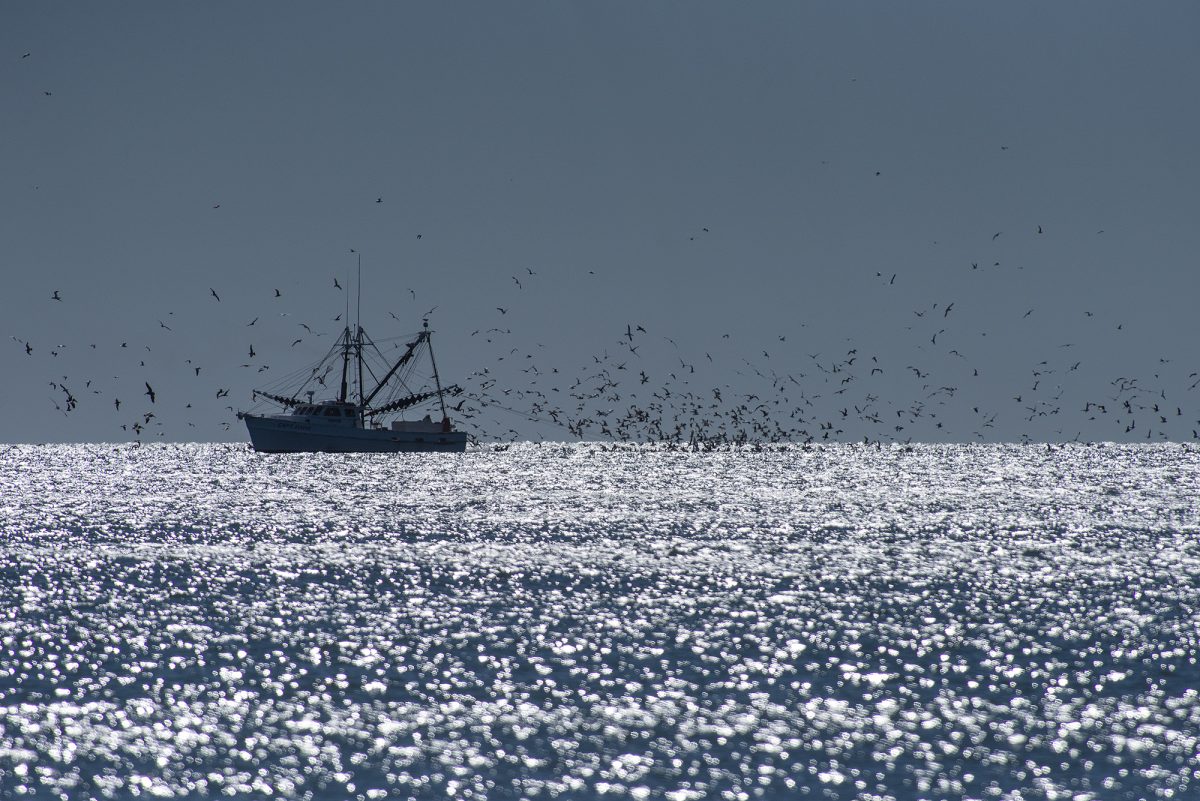
The eastern black rail, a sparrow-sized marsh bird with slate gray plumage and red eyes found in several states including North Carolina, will be listed by U.S. Fish and Wildlife Service as a threatened species under the Endangered Species Act, or ESA.
Supporter Spotlight
In addition to North Carolina, the eastern black rail is known to exist in 34 other states east of the Rocky Mountains, Puerto Rico, Canada, Brazil and several countries in the Caribbean and Central America.
Populations of the bird have declined more than 75% in the last 10 to 20 years. Habitat loss and destruction, sea level rise, tidal flooding, incompatible land management and increasing storm intensity and frequency are contributing to the population decline.
The service proposed listing the eastern black rail under the ESA in October 2018. The rule finalizing the eastern black rail listing as a threatened species under the ESA and the species-specific 4(d) rule becomes effective Nov. 9.
The final listing includes a rule to help ensure beneficial conservation actions continue, while minimizing impacts to landowners and other stakeholders, according to the U.S. Fish and Wildlife Service. Critical habitat designation for the eastern black rail was deemed not prudent.
A summary is available here of the final rule, its prohibitions and exceptions.
Supporter Spotlight
Conservation partnerships in the eastern black rail’s range are working together to slow loss and protect habitat.
The Atlantic Coast Joint Venture is leading the eastern black rail working group to identify habitat stressors and support site-specific actions such as using water control structures to enhance existing habitats and create new ones, using prescribed fire to control woody vegetation and developing best management practices for providing habitat in agricultural landscapes.
“The wide-ranging nature of the eastern black rail gives us the opportunity to work with an incredible diversity of partners on behalf of its recovery,” said Service Regional Director Leo Miranda in a statement. “We look forward to continuing our close partnerships with groups like the Eastern Black Rail Working Group to address the threats to these secretive marsh birds and put them on the path toward recovery.”
The species status assessment found that both population declines and relatively small total populations of rails remain across the eastern United States. There are between 355-815 of breeding pairs between New Jersey and the Gulf Coast of Florida and about 1,300 individuals in protected areas along the mid to upper Texas coast. There are no population estimates for interior states. There are known small populations in Colorado and Kansas.
“The listing represents our last, best chance to save the Eastern Black Rail. This secretive marsh bird has declined steeply in the face of habitat loss and sea level rise, but new protections and funding under the Endangered Species Act represent a lifeline for this species,” said Curtis Smalling, Audubon North Carolina director of conservation.
The rule, comments and materials as well as supporting documentation used in preparing the rule, are available for public inspection on regulations.gov. Search for Docket No. FWS–R4–ES–2018–0057.
Contact U.S. Fish and Wildlife Service, South Carolina Ecological Services Field Office, 176 Croghan Spur Road, Suite 200, Charleston, S.C. 29407; telephone 843–727–4707; or facsimile 843–300–0204, for documents and comments.
Persons who use a telecommunications device for the deaf (TDD) may call the Federal Relay Service at (800) 877–8339.
Learn More







